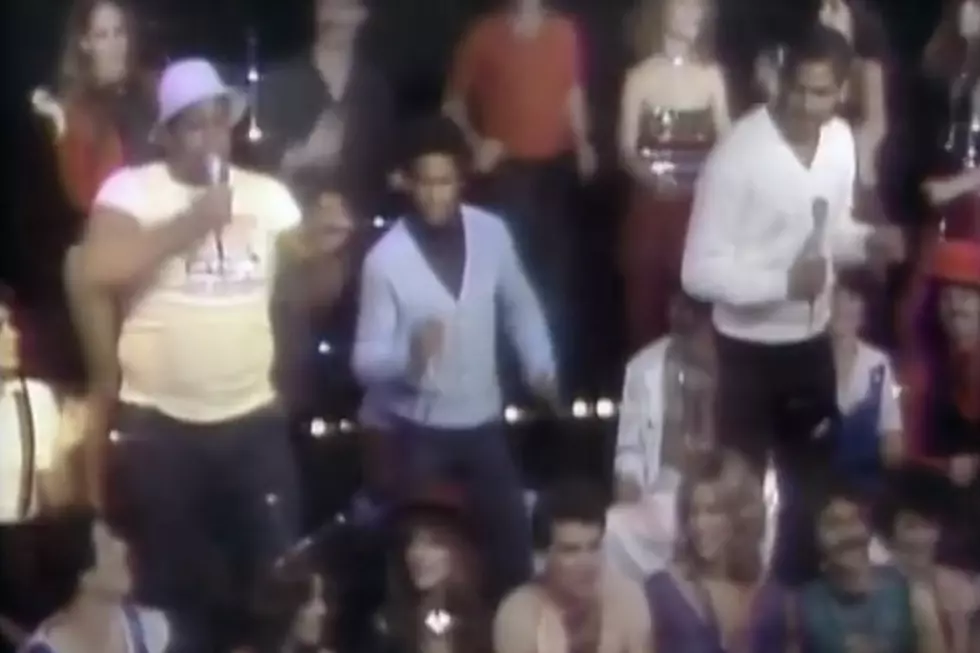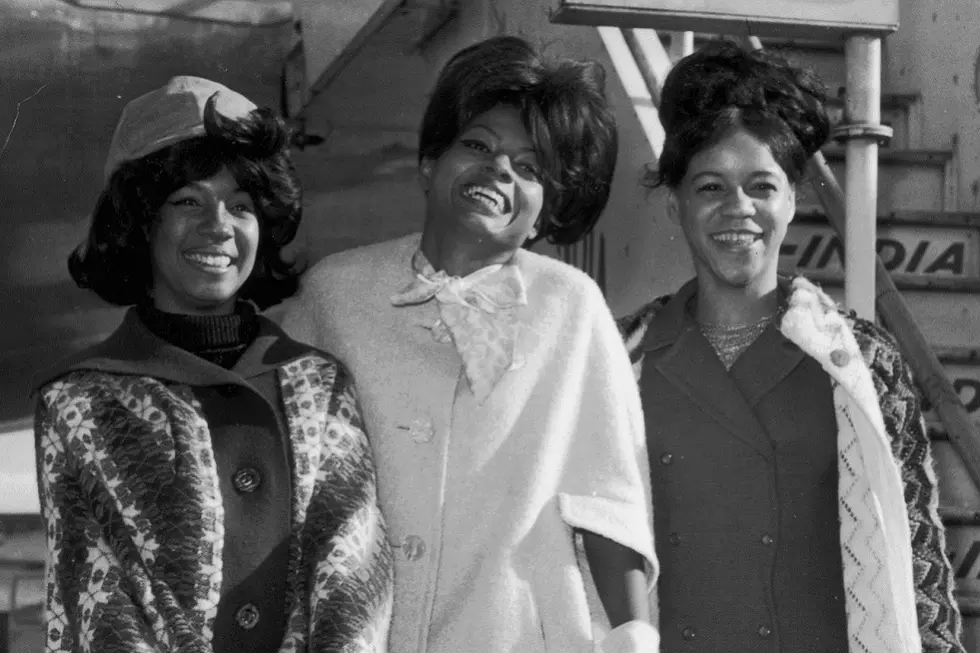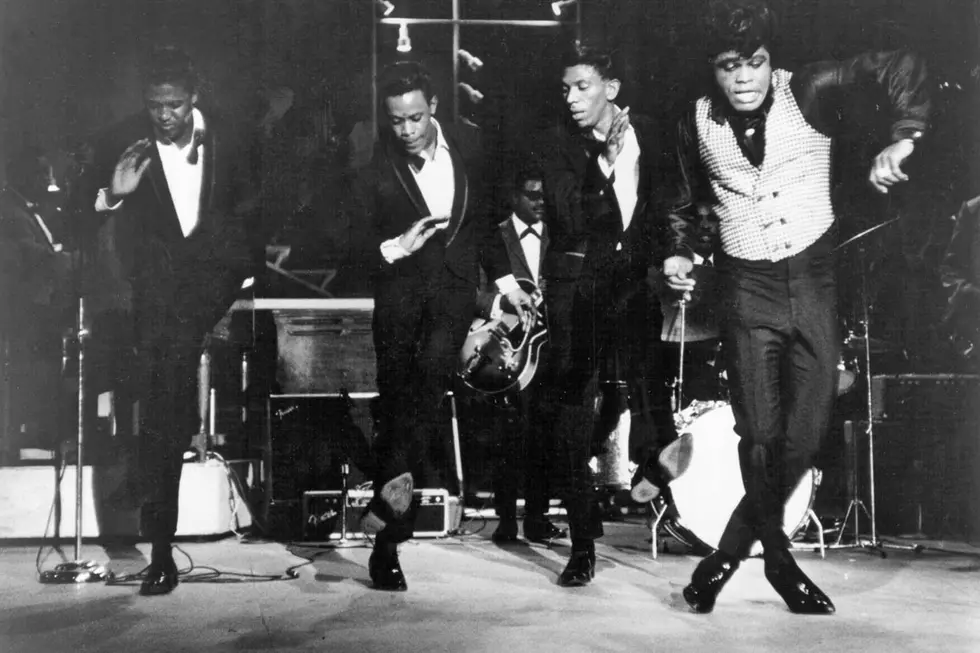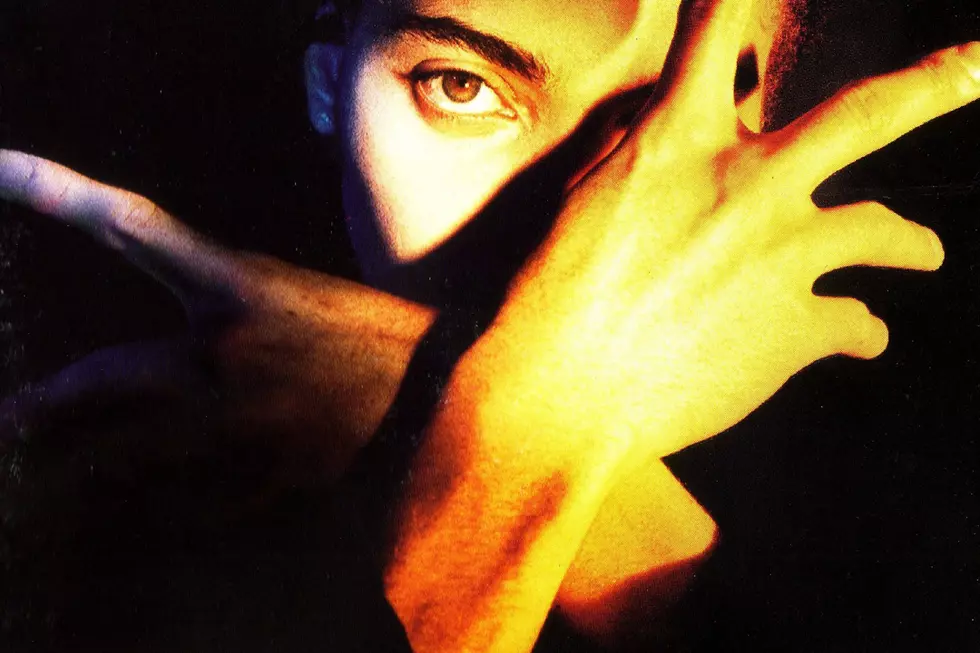35 Years Ago: The Sugarhill Gang Releases ‘Rapper’s Delight’
It was the novelty hit that legitimized an entire genre of music. Released on September 16, 1979, the Sugarhill Gang's ‘Rapper’s Delight’ introduced hip-hop to the world: to the black, white, red, brown, purple and yellow.
Although the single wasn’t the first rap song put out on vinyl – that distinction belongs to the Fatback Band’s B-side ‘King Tim III (Personality Jock),’ released a month earlier – ‘Rapper’s Delight’ was hip-hop’s first hit, a worldwide smash that built on what young African-Americans and Latinos had been doing for years in New York City. Before the idea of a “rap record” came about, teenagers in the Bronx, Brooklyn, and Queens would throw massive neighborhood parties, sometimes with a real DJ, other times with just boomboxes blasting grooves from soul and disco records. For hours upon hours, different rappers would take turns improvising or delivering pre-crafted rhymes as the crowds danced.
Yet, none of the key players in New York’s hip-hop scene decided to record their raps (and some simply didn't have the means). That idea came from Sylvia Robinson, an R&B singer (and former member of Mickey and Sylvia) who had founded Sugar Hill Records with her husband Joe. Sylvia, then in her early 40s, had discovered hip-hop culture via one of her kids and decided a rap single could be something that would help her fledgling music label. But when Sugar Hill approached the established rappers in the city’s hip-hop scene, none were interested in making a record. Robinson had to dig a little deeper to find a performer that was interested, and she discovered him in a pizza parlor.
Henry “Big Bank Hank” Jackson was born in the Bronx, but was working at a pizza place in Englewood, New Jersey, when he was approached about rapping on a record. Jackson was involved in hip-hop, but he wasn’t well-known for his rapping skills. Jackson managed a rap crew called the Cold Crush Brothers. After agreeing to audition for Robinson, Jackson asked Cold Crush member Grandmaster Caz for rhymes. Caz handed him his notebook, assuming he’d get something in return later. Jackson delivered Caz’s rhymes verbatim (which is why he calls himself one of Caz’s aliases, Casanova Fly, on the final recording) and became part of Robinson’s Sugarhill Gang. The trio included two other young rappers with zero street cred: Michael “Wonder Mike” Wright and Guy “Master Gee” O’Brien.
Of course, Robinson’s new group needed a beat to rap over. In the summer of ’79, the most popular song at hip-hop events was Chic’s ‘Good Times,’ featuring Bernard Edward’s stomping bassline. At the time, sampling was not yet in vogue, so Robinson arranged to pay two musicians to recreate the instrumental track to ‘Good Times’ as long as they could go for 15 minutes without mistakes. The Sugarhill Gang made use of almost all 15 minutes; the original 12” single release ran an astounding 14:35 (although, as the song became more popular, Robinson released two edited-down versions).
Around the same time, Chic guitarist and songwriter Nile Rodgers was becoming aware (partly via his friendship with members of Blondie) of New York’s hip-hop scene and its adoration of the breakdown of ‘Good Times.’ Mere days after ‘Rapper’s Delight’ was released, Chic opened a concert for the Clash at New York’s Palladium and were joined by Fab Five Freddy and other local rappers who freestyled during the band’s performance of ‘Good Times.’
Rodgers was much less pleased a few weeks later when he was at a nightclub and heard the familiar bassline to his band’s #1 come on the sound system, accompanied by “I said a hip hop
…” Rodgers ran up to the DJ and found he had just purchased the 12” single of a song called ‘Rapper’s Delight.’ Co-writers Rodgers and Edwards sued Sugar Hill Records, but ended up settling out of court and were appropriately credited for their musical contribution on all subsequent releases. He now considers the song one of his all-time favorites.
The members of Chic weren’t the only ones who took little delight in the radio hit. Rap pioneers such as Grandmaster Flash and Kurtis Blow were upset that this unknown group of amateurs were getting credit for a style of music they had helped create. Plus, most “real” rappers sneered at the Sugarhill Gang’s relatively basic (and, in at least one case, borrowed) rhymes. Street cred has always been an important factor in hip-hop and ‘Rapper’s Delight’ didn’t have any.
However, mainstream audiences didn’t care about authenticity. ‘Rapper’s Delight’ was fun, it was new and it became a big hit in multiple countries (top 40 in the U.S. and Australia, top 10 in the U.K. and Germany and a No. 1 single in Canada and the Netherlands). Years later, time has softened most rappers’ opinions on hip-hop’s first hit. Once it was apparent that rap records weren’t a one-and-done phenomenon (‘Rapper’s Delight’ paved the way, commercially for the New York scene’s “legitimate” rappers), the majority of hip-hop pioneers were able to laugh about the song’s silly rhymes and appreciate its groundbreaking success.
To this day ‘Rapper’s Delight’ remains a cultural touchstone. It’s a landmark in both hip-hop and pop culture history, responsible for everything from rapping grandmothers (‘The Wedding Singer’) to viral videos featuring news anchors Brian Williams and Lester Holt. ‘Rapper’s Delight’ just keeps going “on ’n ’n on ’n on-on ’n on.”
More From TheBoombox









